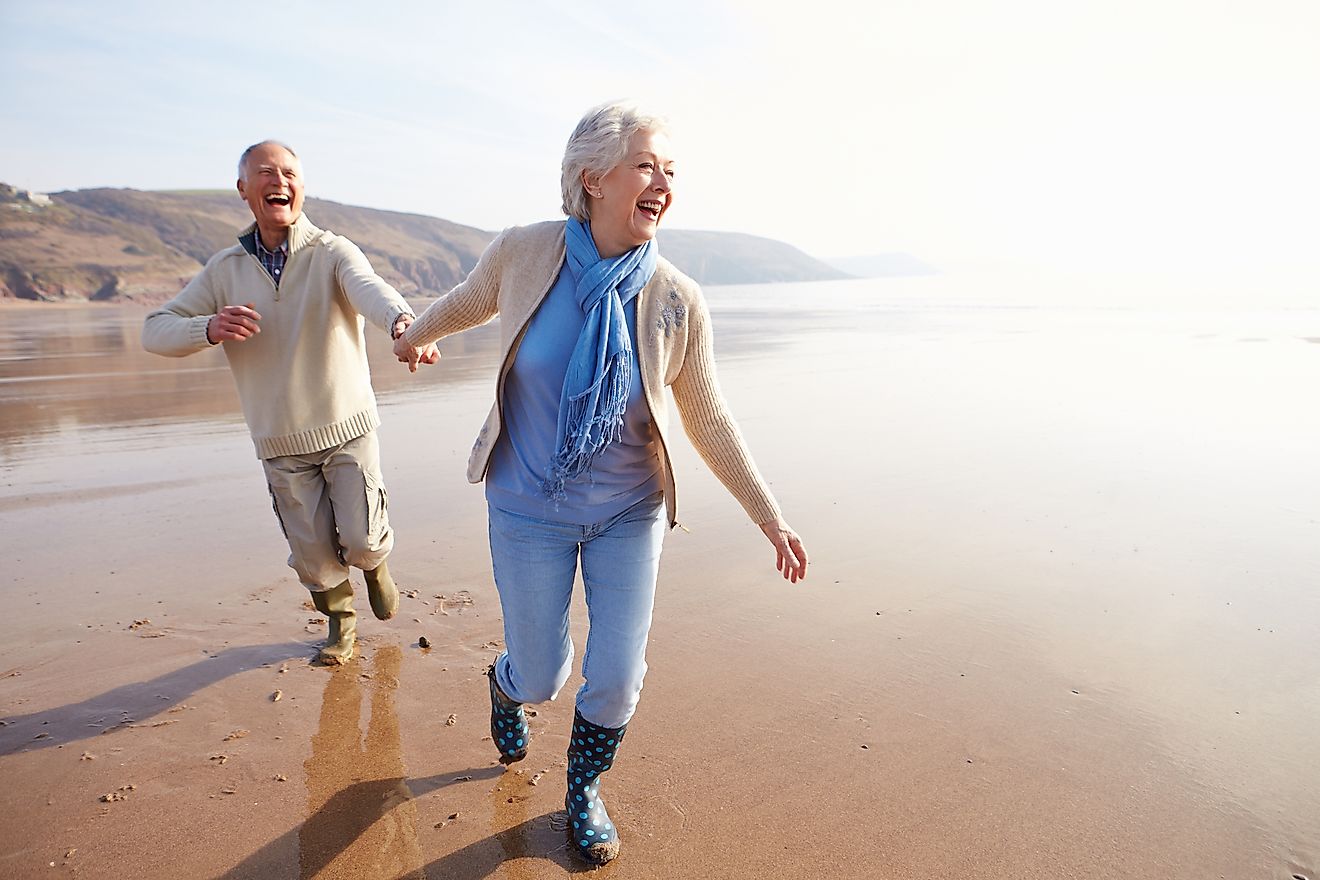Senior woman traveling alone: The image conjures both freedom and apprehension. This guide addresses the unique considerations for older women embarking on solo adventures, offering practical advice and empowering strategies to ensure a safe, enriching, and memorable experience. From navigating safety concerns and managing health considerations to budgeting effectively and embracing cultural nuances, we delve into the multifaceted aspects of solo travel for senior women.
This comprehensive resource provides detailed information on planning a safe and fulfilling trip, covering everything from selecting appropriate destinations and accommodations to managing finances and fostering social connections. We explore practical tips for staying safe, including utilizing personal safety devices and sharing itineraries with loved ones, as well as strategies for maintaining well-being throughout the journey. The guide also emphasizes the importance of cultural sensitivity and offers advice on communicating effectively in diverse environments.
Health and Wellness Considerations: Senior Woman Traveling Alone
Solo travel for senior women presents unique health and wellness challenges, requiring careful planning and preparation to ensure a safe and enjoyable experience. Factors such as age-related health conditions, potential for accidents, and access to healthcare in unfamiliar locations must be carefully considered. Proactive measures can significantly mitigate risks and contribute to a successful trip.
Potential Health Challenges During Travel
Senior women traveling alone face a heightened risk of various health issues. Pre-existing conditions like heart disease, arthritis, diabetes, and respiratory problems can be exacerbated by travel fatigue, changes in climate, and unfamiliar environments. Furthermore, the increased physical demands of travel, such as navigating airports, carrying luggage, and walking long distances, can strain the body. The risk of falls and injuries is also elevated, particularly in unfamiliar surroundings.
Changes in diet and disrupted sleep schedules can further contribute to health complications. For example, a woman with a history of hypertension might experience a surge in blood pressure due to stress or jet lag, necessitating careful medication management and monitoring.
Packing a Comprehensive First-Aid Kit, Senior woman traveling alone
A well-stocked first-aid kit is crucial. It should include essential medications prescribed for pre-existing conditions, along with over-the-counter remedies for common ailments such as headaches, indigestion, diarrhea, and minor cuts and bruises. Pain relievers, antiseptic wipes, bandages of various sizes, antihistamines for allergies, motion sickness medication, and any personal medical devices (e.g., inhaler for asthma) should be readily accessible.
Consider including a small thermometer, tweezers, and any necessary prescription creams or ointments. It’s recommended to carry a copy of your medical history and a list of all medications, including dosages, along with emergency contact information.
Travel Insurance and Medical Evacuation Plans
Comprehensive travel insurance is non-negotiable. It should cover medical emergencies, including hospitalization, doctor visits, and medication costs. Crucially, it should also include medical evacuation coverage, which can be vital in situations requiring urgent transport to a facility with better medical capabilities. Consider the potential costs of medical care in the destination country; some areas have significantly higher costs than others.
For instance, a simple fracture treated in a developed country might cost several thousand dollars, whereas the same treatment in a less developed country might still cost a substantial sum, even with insurance. Medical evacuation coverage can easily run into tens of thousands of dollars, hence the importance of a robust plan.
Essential Vaccinations and Preventative Measures
Consult your physician well in advance of your trip to discuss necessary vaccinations and preventative measures based on your destination. Many countries require proof of certain vaccinations before entry. Beyond vaccinations, preventative measures include practicing good hygiene, staying hydrated, consuming safe food and water, and using insect repellent to avoid mosquito-borne illnesses. Sunscreen with a high SPF is also essential, especially in sunny climates.
Remember to consult your doctor about any necessary medications or precautions for your specific health conditions and the geographical location you are visiting.
Daily Travel Schedule Incorporating Rest and Relaxation
A well-structured daily itinerary is vital for maintaining energy levels and preventing burnout. Avoid over-scheduling. Incorporate ample time for rest and relaxation. Plan for breaks throughout the day, perhaps with a leisurely lunch or a quiet afternoon in a café. Prioritize activities based on your energy levels and physical capabilities.
Avoid strenuous activities during the hottest parts of the day. Ensure adequate sleep each night. Building in downtime allows for the body to recover and adapt to the demands of travel, helping to prevent fatigue and potential health issues. For example, a sample day might include a morning sightseeing tour followed by a relaxing lunch, an afternoon of leisurely exploration, and an early evening return to the hotel for rest.
Embarking on a solo adventure as a senior woman can be incredibly rewarding. By proactively addressing safety, health, and logistical concerns, and by embracing the opportunities for self-discovery and connection, women of all ages can confidently explore the world on their own terms. This guide aims to equip senior women with the knowledge and resources needed to plan and enjoy unforgettable solo journeys, fostering a sense of independence, adventure, and personal growth.
Notice military cruises for recommendations and other broad suggestions.


